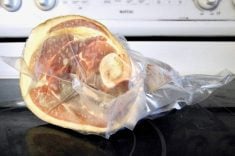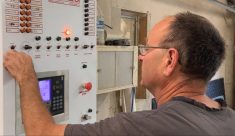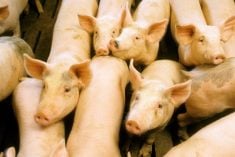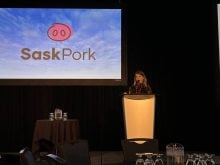I know farmers take trespassing seriously. There are numerous risks associated with people wandering on and through the farm.
There’s the risk of a biosecurity breach that could result in a disease infection. There’s the ever-present challenge of people mucking through crops or marginal land with vehicles because they feel entitled.
The right to wander through anyone’s land in the U.K. is a source of consternation for farmers there who have livestock.
Read Also
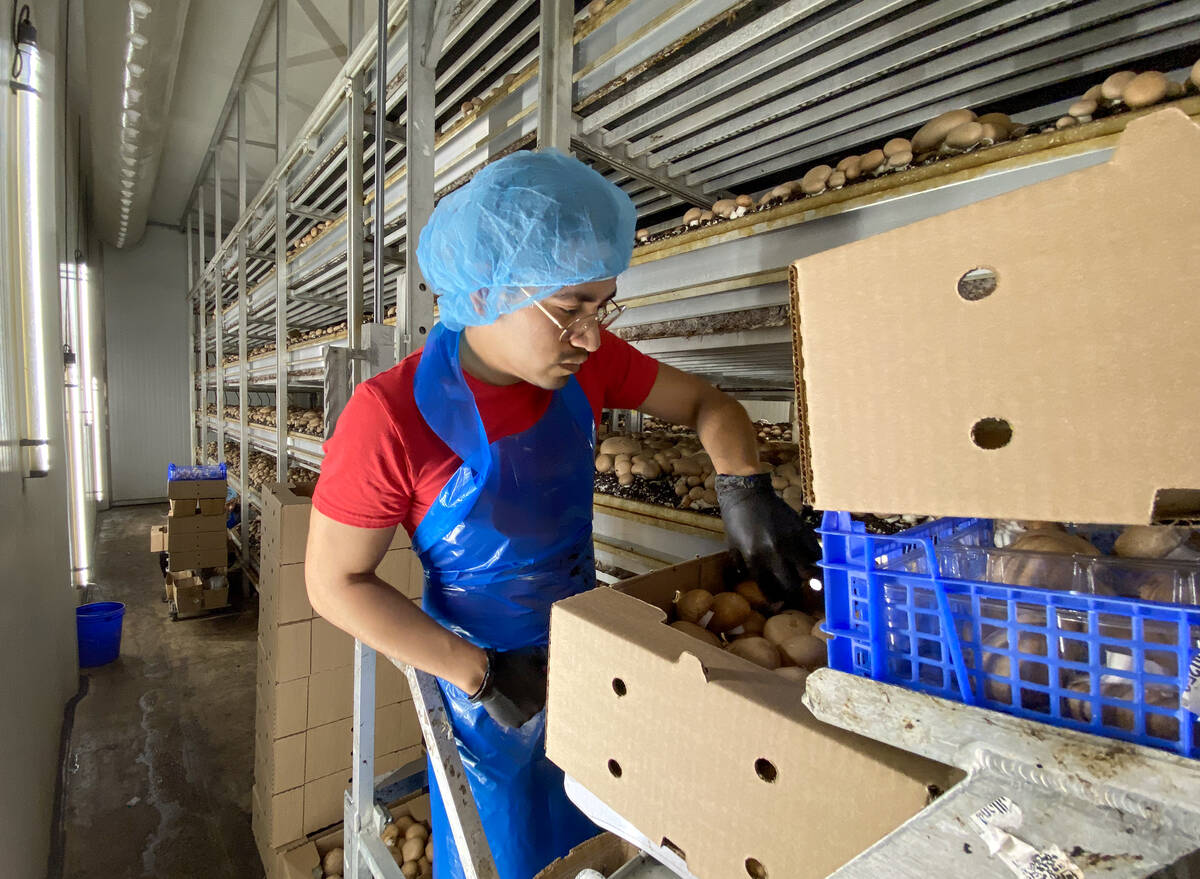
Ontario’s other economic engine: agriculture and food
Ontario Federation of Agriculture president, Drew Spoelstra, says Ontario’s agriculture and agri-food sector should be recognized for its stability and economic driving force.
However, agriculture does not yet take seriously enough the threats from people wandering through the growing number of computer systems on farms.
There should be as much umbrage taken from a break-in to computer systems as when someone unbidden rips through a wheat field with their four wheeler. While there could be a few hundred dollars’ worth of wheat trampled in the latter case, the effects of a cybersecurity break could be larger, even catastrophic.
There are examples, collected from the Community Safety Knowledge Alliance, an organization that received $500,000 from the federal government to help improve cybersecurity on farms.
- Maple Leaf Foods had a significant cyberattack on its systems in November 2022, resulting in significant challenges to its supply chain.
- JBS, the global meat production company, was hit in 2021 by a Russian cybercrime organization, which resulted in higher wholesale meat prices.
- The Australian Wool Exchange was paralyzed by a cyberattack for a week in 2021.
- The National Milk Records System in the U.K. was brought to a standstill for a month in 2019, when its computer systems were attacked.
Here at Farmtario, we’ve reported on cyberattacks on Canadian companies, including The Agromart Group in 2020, which decided not to pay hackers who put information about Canadian farmers for sale on the dark web.
The attack we’re reporting on in our Aug. 8 issue is a new level of nefariousness for several reasons. It’s a hog farm, not an agribusiness, and the fee to regain access to a computer system isn’t financial. The perpetrators wanted an admission of animal abuse, which the farm refused to provide.
This example should be a signal to farmers to have a look at their cybersecurity. Your internet provider isn’t responsible and your software provider isn’t responsible, although they can help. It’s your responsibility to manage your risk.
It can be daunting, because many farmers aren’t computer experts. The good news is that you don’t have to be a coder or understand everything that happens in the background. Some systems can help keep internet interlopers out, and beyond the computer systems, the biggest risks are the humans with their hands on the keyboards.
Most ransomware attacks happen because someone lets the hacker into your computer system, so the most important step is to educate the humans on what to look for.
Cybersecurity hackers have become extremely sophisticated. I’ve talked to computer security experts for years, and the company I work for has significant training on identifying risks when hackers try to seduce you to click their link or download their attachment.
Yet sometimes I still have to catch myself with my mouse poised to click.
Be proactive with cybersecurity risk. Numerous companies provide online training for family members and staff, although I think there’s likely a business case for someone who wants to focus on agriculture cybersecurity.
Training is a great place to start – better educating the people who touch the keyboards to keep electronic trespassers out.
Be proactive, because others in the supply chain may require it, including lenders and people who rely on your farm products.




